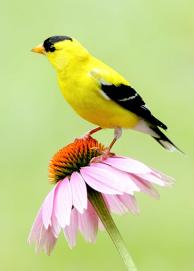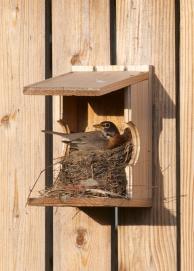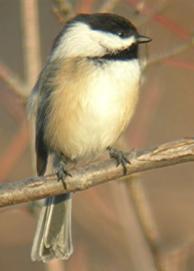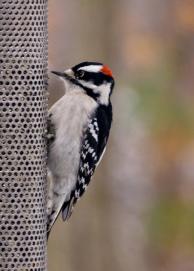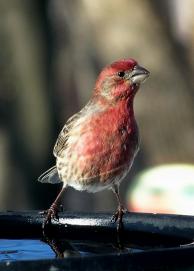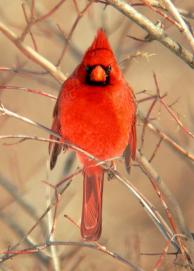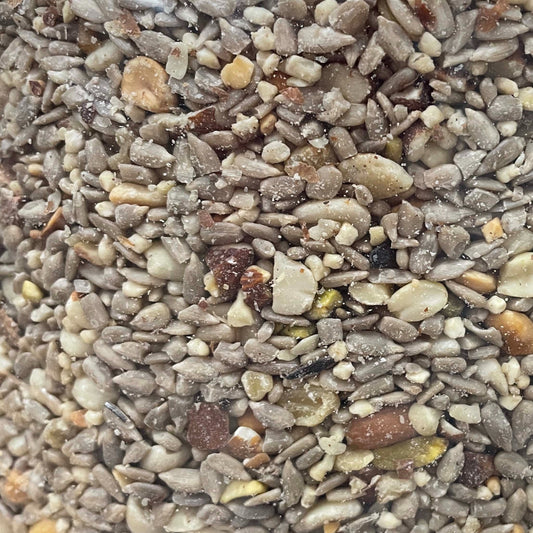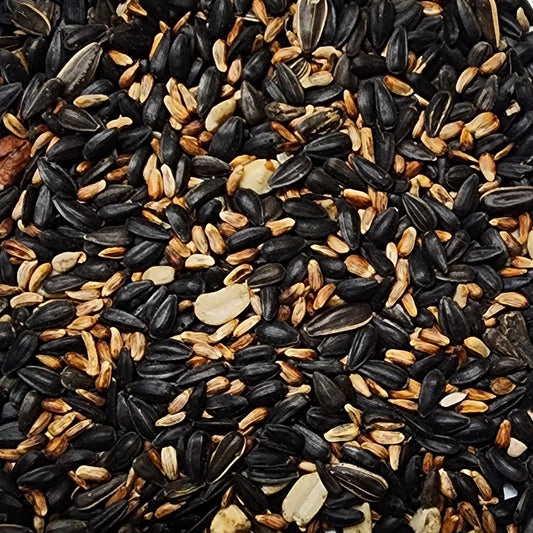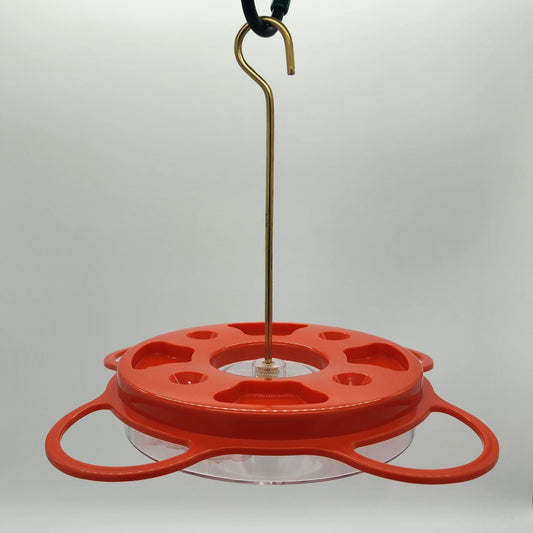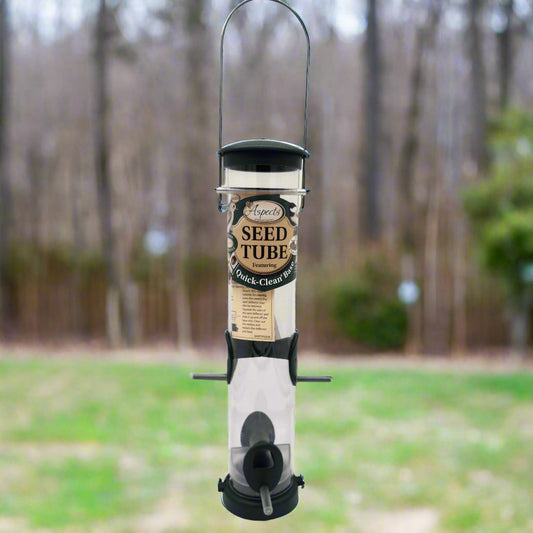 This popular woodpecker is a favorite of many birders. The distinct coloration along with the bird’s favored habitat make the Red-headed Woodpecker unmistakable and a common sighting on bird-watching excursions in our area.
This popular woodpecker is a favorite of many birders. The distinct coloration along with the bird’s favored habitat make the Red-headed Woodpecker unmistakable and a common sighting on bird-watching excursions in our area.
Often found singly in wooded areas, this showy woodpecker can be easily identified by its definitive red head and neck, black upper back and tail, white breast and large white patch on its lower back. The adult male and female are similar in coloration. Juveniles can be more difficult to identify due to their mottled brown head but the white patch on the back usually is present.
Beginning birders or non-birders may mistakenly identify the Red-bellied Woodpecker as a Red-headed. Although their range overlaps somewhat, the two birds have distinctly different field marks. While Red-bellied Woodpeckers have some bright red on their head and on the back of their neck, Red-headed Woodpeckers have a much deeper red hood that covers their entire head and neck. The barred back and wings of the Red-bellied should eliminate any confusion.
The Red-headed Woodpecker is omnivorous. It eats insects, seeds, fruits and nuts and is known to store food. The bird flies to catch insects in the air or on the ground. It often stores insects and seeds in cracks and under bark. Grasshoppers are regularly stored alive by being wedged tightly into crevices.
The Red-headed Woodpecker is protective of its territory and not friendly to neighboring birds. In addition to attacking other birds to keep them away, the Red-headed Woodpecker is known to remove eggs from nests of neighboring birds and even to destroy neighboring nests.
The breeding range covers much of the eastern half of the United States. Red-headeds may use cavities excavated by other woodpeckers or force some species to abandon active cavities - a practice that makes them unpopular with those working with endangered species like the Red-cockaded Woodpecker in the southeast. A pair may re-use the cavity several years in a row. An average of 4-7 eggs are laid and incubated by both parents for 12-14 days.
Depending on food supply and weather severity, Red-headed Woodpeckers may be seen in our area year round. Unfortunately, Red-headed Woodpecker populations have declined severely due to increased nest site competition from European starlings and from removal of dead trees.
By Rick Jordahl

